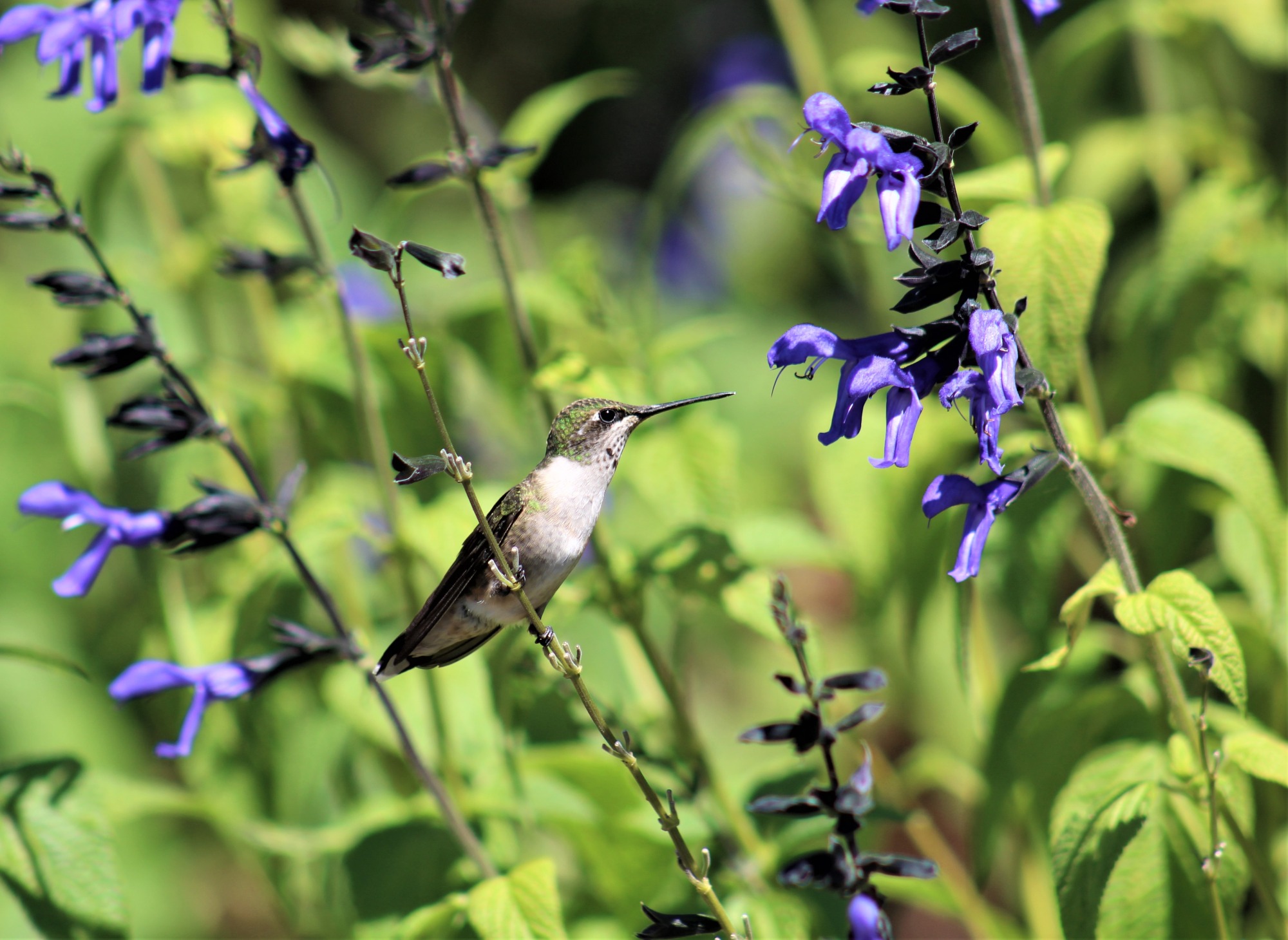
Autumn is AWESOME!
The fall leaves and crispness of the north winds gives way to finalize some of nature’s activities. We have been fortunate to not have too many grey days. We will experience a magnificent Hunter’s Moon on Saturday, October 28. The bright moon will light up the skies and harvest is giving way to the animal movement.
We are still experiencing bird migration from the North Country. Sightings of the ruby-throated hummingbirds are getting fewer and fewer, but there are continued stragglers pressing to their South American wintering grounds. The turkey vultures are ‘kettling’ up and have noticed lots of movement. Some turkey vultures will linger here until the end of October/early November, depending on the weather, and then the bald eagles will begin moving into our areas for the winter. Numerous kettles of the northern forest Broad-winged Hawks have been flying over Marion County in the last week heading for South America. Warblers, kinglets, towhees, and many of the magnificent sparrow species have been seen feeding on ivy, dogwood, honeysuckle, and other berry producing shrubs. The Slate-colored Juncos will be appearing this month. Those little snowbirds seem to trigger the thought that winter is just around the corner. This month the Red-tailed hawks will be moving in from their northern breeding territories. We have had a few hawk species move through that were a treat to see, but the Northern harriers and Rough-legged hawks will soon be spotted.
The autumn dragonflies will continue to appear on warmer days. Their migration runs late in the season. This year it has been tough to see many of the species of migrating dragonflies due to the drought. The migration movement of the Common Green Darners were numerous this year as many people were noting the “feeding swarms”. We hope to locate saffron-winged and variegated meadowhawks feeding around the prairie, and grassland areas. We are hoping to locate some of the larger mosaiced darners amongst grassy, prairie areas and hope they continue appearing throughout the month. Dragonflies are stunning insects and worthwhile to get to know. Keep your eyes out!
Praying mantis are busy laying eggs this time of year. We have two species in Iowa, the small, native, Carolina mantis and the much larger, Chinese mantis. On occasion, you run into their unusual looking egg case, called an ‘ootheca’. It is an odd, frothy type of egg case that can hold 30 to 300 young. The Orb weaver spiders will be completing their insect services for the season very soon and have left behind their egg sacs within plants and isolated areas to get through winter.
Fewer butterflies have been seen this year. Hopefully, some will continue to be spotted throughout the month of October. These are the types of butterflies you may see on your outings: comma, red admiral, cabbage white, common buckeye, checkered skippers, fiery skippers, orange sulphurs, viceroys and still finding a few Eastern-tailed blues, especially, the females.
The fawns’ spots have faded and the does and young have been out and about lately. Their hair color is changing and is very thick. Did you know that deer hair is hollow? The bucks have been showing themselves more with the harvest continuing. The bucks within our areas will be moving from their early season areas to their fall ranges. Pre rut is expected to begin later this month, if not already.
Have you ever seen a groundhog up close and personal? It is always very difficult to see them for any length of time, let alone get a photograph. Groundhogs are also called woodchucks and whistle pigs. They belong to a group of large ground squirrels known as marmots. Though we usually see them on the ground, they can climb trees. During the summer and early fall, they eat as often, and as much as they can to build up nice fat reserves to get them through the winter deep down in a burrow.
The fall leaves will be changing rapidly, and some are beginning to drop and blow in the wind. According to the Iowa DNR, the fall color is a week ahead of last year. Estimated peak viewing for South-Central Iowa will be the second through the fourth week of October. The woodland floor will be filled with colored leaves, several types of mushrooms, acorns, and nuts. The large puffballs appear to be a gigantic moon with large craters left by land snails and slugs. If it would rain a bit, the yellow of “witches butter” will stand out against old wood. So many colors, shapes, and sizes. It’s a great time to rediscover the woodlands in the fall.
Look to the skies and keep your ears open as waterfowl migration has begun and will continue into November. We are in peak season for our turtles and snakes to head to their wintering areas. Yes, snake migration is on! Always a fun time to look for things moving, especially on those beautiful days of October.
Good earth walking!
